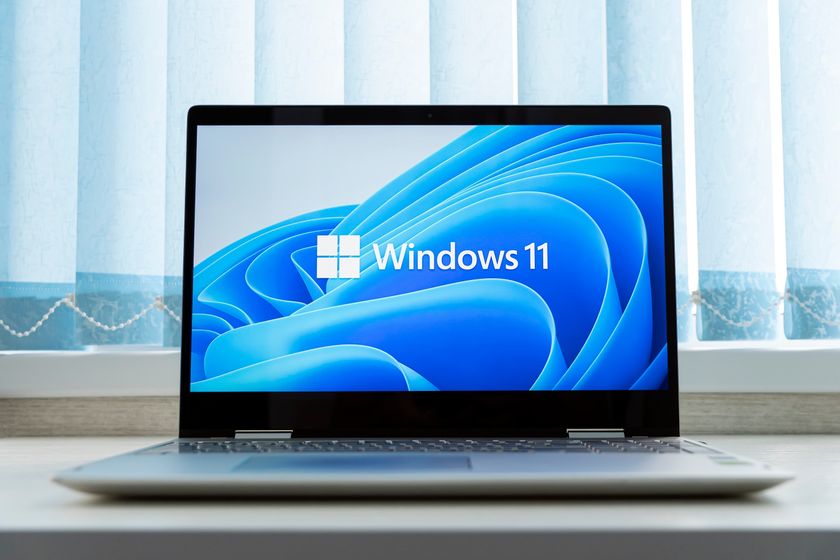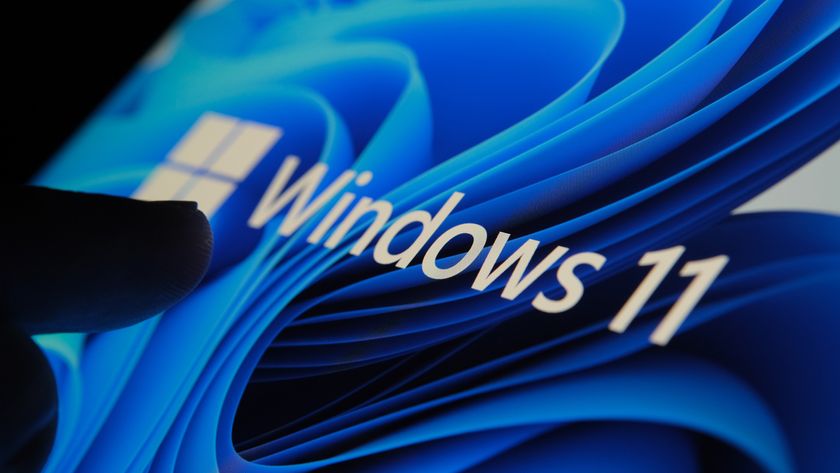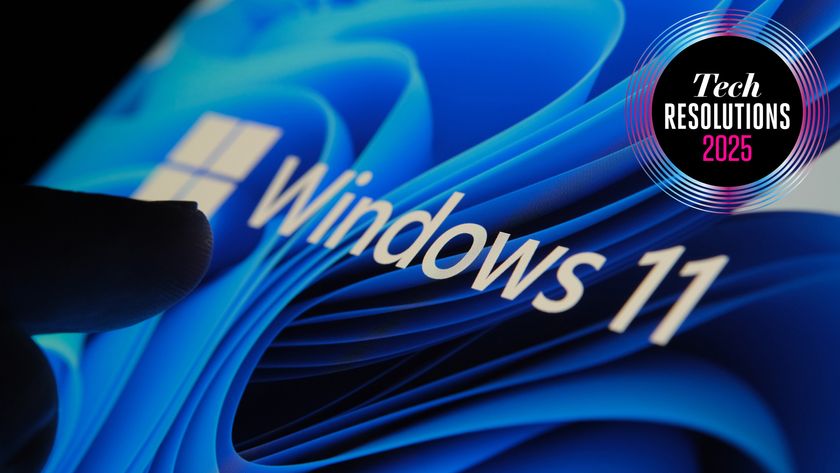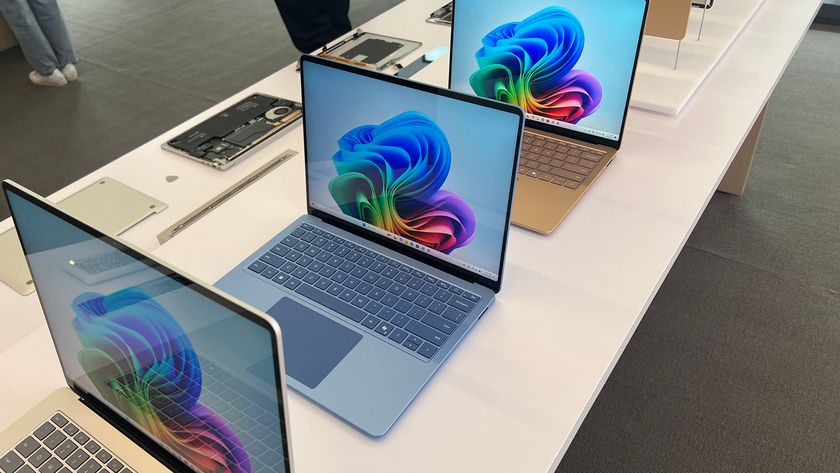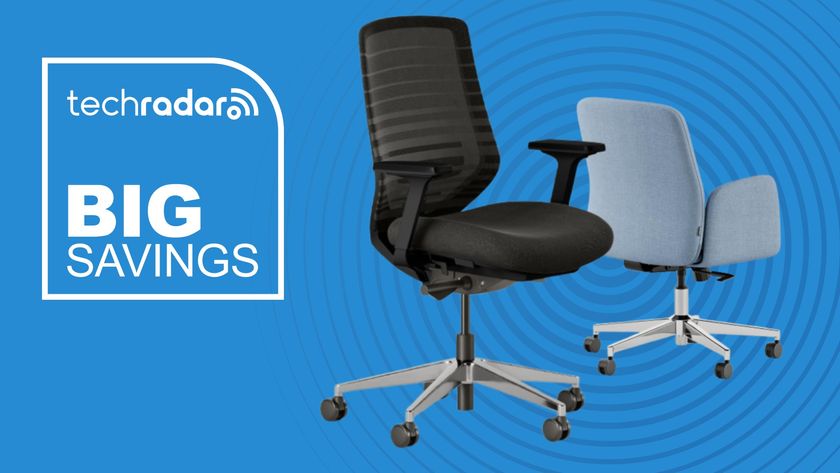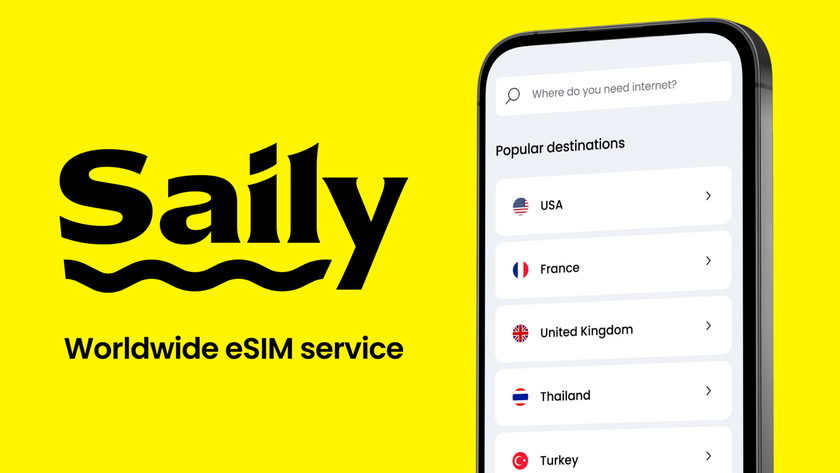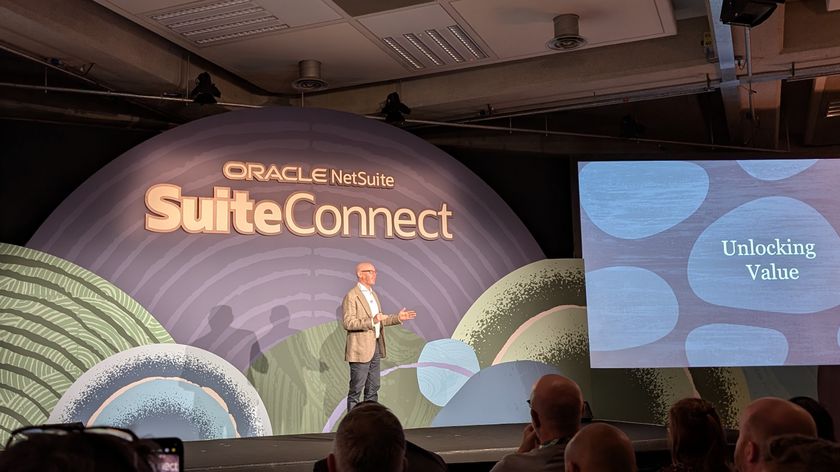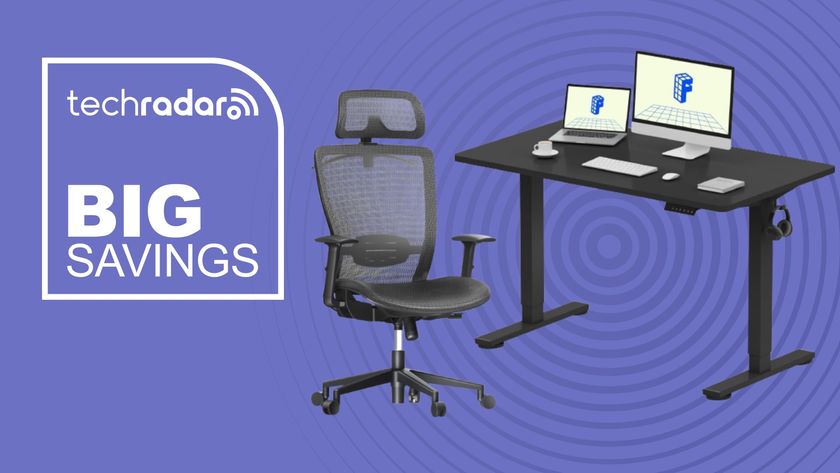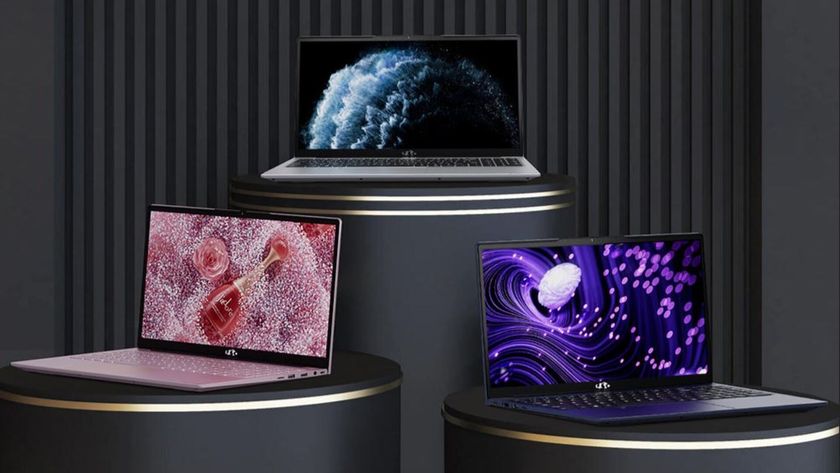Why Windows End of Life deadlines require a change of mindset
Windows end of support will significantly impact a number of industries

The looming End of Life (EoL) deadlines for several Microsoft applications and systems are fast approaching – and it’s clear they’re playing on many organizations' minds.
We’ve seen a sharp increase in enquiries from large organizations seeking guidance on Microsoft Teams and legacy technology upgrades, particularly in the last month. This upturn in activity highlights an urgency felt by these businesses to address their legacy applications and operating systems scheduled to reach their official EoL in 2025.
With classic Microsoft Teams set to be phased out by July this year and major Microsoft products like Windows 10, Office 2019, and Exchange Server 2019 all reaching end-of-support by October – now just six months away – businesses face critical decisions to avoid operational, security, and compliance risks.
But this rush to tackle EoL also comes from a mindset of what it supposedly represents – high-risk, outdated technology that requires an immediate upgrade. While risks need dealing with, the truth of the matter is this isn’t a one off event. As one product is upgraded, another will approach its EoL. It’s something we have to live with.
Instead, businesses should view EoL management as an ongoing activity. And sometimes maintaining EoL systems is the best approach – they just need to be turned into a compliant and safe form.
Technical Manager at Cloudhouse.
Changing EoL mindsets
The potential impact of Windows end of support on a number of industries will be significant – and organizations are facing a pivotal transition. Left unchecked, the disruptions associated with unmanaged and outdated systems will be major.
Back in February 2020, TechRadar revealed that approximately one third of NHS computers were still operating on Windows 7, despite the government's target to upgrade all PCs to Windows 10 by January 2020. They ended up using Microsoft’s extended support period to complete the process by 2021 – and they now face the upcoming deadline to upgrade Windows 10 by October.
Consequently, with end of support deadlines imminent, there can be a feeling amongst organizations that they need to overhaul their applications and systems to work on modern infrastructure (through complex refactoring or recoding, for example) or integrate a whole new application suite. The issue is these applications are business critical and any disruption could represent a severe risk to operations.
This is where a mindset change needs to take place. Rather than attempting to significantly alter the applications themselves, it’s all about modernizing the IT estate, adopting an approach that can seamlessly migrate these software applications across different environments and onto supported operating systems.
This means companies can keep their legacy Windows 10 applications, for example, but secure their compatibility by moving them onto a supported Windows server or cloud environment. It’s akin to having the rug pulled from beneath your feet but you still remain standing in the same position – just now on new ground.
So, whether applications are located on on-premise servers or moved onto the cloud, this means they can continue to receive support and software updates. This strategy extends to cloud providers, who are crucial in meeting the increasing reliance on cloud technologies, as they change data centers.
The goal of this approach is to give companies freedom and flexibility to migrate or extend the life of critical applications smoothly and securely. The compulsory activity, however, is that something has to be done before their end of support to secure and manage them effectively. Otherwise, they will become high-risk.
Supporting out-of-support applications
When you look at the numbers on Statcounter, it’s easy to see why companies are actively seeking guidance.
In the UK, as of January 2025, there was an exact split in the market share of Windows desktop versions between Windows 10 and Windows 11, with both sitting at 49.4%. That means half of all desktops are approaching their EoL. And due to the complexity of migrating a business’ IT infrastructure as opposed to personal use, this percentage is likely to be weighted even more to Windows 10 with large organizations.
Responding to these concerns and the increase in demand and enquiries, dedicated EoL hotlines have been set up, helping companies to receive quick, tailored guidance on preparing for EoL transitions. This includes how to migrate existing applications like the Microsoft 365 products edging towards their EoL and secure their compatibility.
Crucially, the process of moving existing out-of-support applications onto managed and supported servers causes very minimal disruption to operations. The task of doing this transition, however, can be complex to perform. Therefore, if companies have the internal resources, expertise and guidance, then it’s possible to perform such an undertaking internally.
The ‘R approach’ is an industry standard process used by cloud providers. It involves six different methods to assess a company's IT estate and then carry out migrations for EoL software. ‘Rehosting’, for example, involves moving applications to the cloud without making significant changes, whereas ‘retiring’ involves identifying applications that are no longer useful and can be turned off. Each R can play its role for different contexts.
But if a company’s requirements are bespoke or too complicated to be performed by such methods, then joining up with an external specialist/partner presents a more efficient, effective and cost-effective way of approaching such a pivotal undertaking.
Keeping Windows EoL front of mind
With several end of support deadlines looming for Microsoft products in 2025, organizations are feeling compelled to understand how they can quickly and securely upgrade their Microsoft Teams and legacy applications.
But with the risks of not doing this playing on their mind, there can be a tendency to conduct expensive upgrades and overhaul entire application suites – a process that could cause significant disruption and risk itself.
However, rather than changing out-of-support applications themselves, companies can look to migrate them into secure and managed operating environments, both on-premises and in the cloud. With many desktops in the market still operating on Windows 10, this presents an approach that can keep operations ticking over while apps are migrated into these environments.
To be clear, this doesn’t mean embracing EoL software as it is. If it’s left unmanaged or on unsupported software it becomes an inherent risk. But it’s a call to change mindsets over how EoL is viewed and understanding that the applications themselves don’t have to be the problem.
Migration strategies like the R process give companies the ability to assess their IT estate and make the necessary changes. But for those that don't fit the mold, they can seek out companies which can help in those cases.
Moving away from EoL is a journey and, for most companies, it will be phased due to how these older legacy applications work. Much like DOGE you can't just rip out legacy systems and hope everything will work with new systems unless you plan it!
The support is there to achieve such a transition. Organizations just need to make sure they keep the EoL deadlines and challenges of their applications front of mind before it’s too late.
Link!
This article was produced as part of TechRadarPro's Expert Insights channel where we feature the best and brightest minds in the technology industry today. The views expressed here are those of the author and are not necessarily those of TechRadarPro or Future plc. If you are interested in contributing find out more here: https://www.techradar.com/news/submit-your-story-to-techradar-pro
Are you a pro? Subscribe to our newsletter
Sign up to the TechRadar Pro newsletter to get all the top news, opinion, features and guidance your business needs to succeed!
The TechRadar hive mind. The Megazord. The Voltron. When our powers combine, we become 'TECHRADAR TEAM'. You'll usually see this author name when the entire team has collaborated on a project or an article, whether that's a run-down ranking of our favorite Marvel films, or a round-up of all the coolest things we've collectively seen at annual tech shows like CES and MWC. We are one.
You must confirm your public display name before commenting
Please logout and then login again, you will then be prompted to enter your display name.

